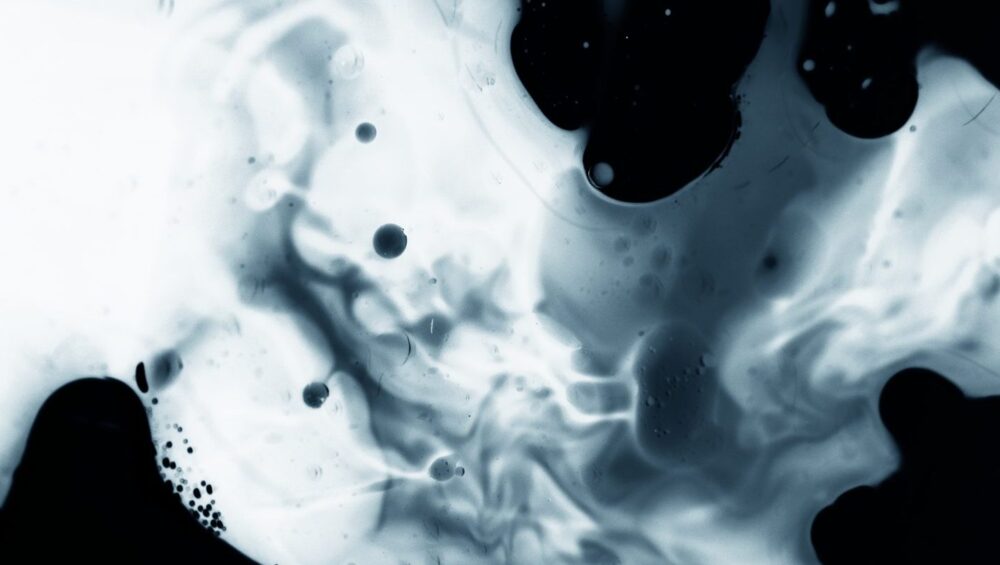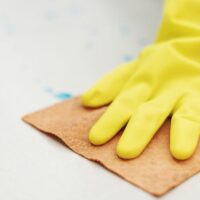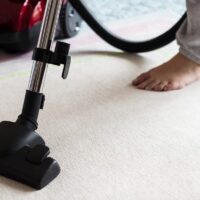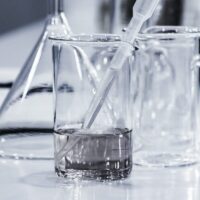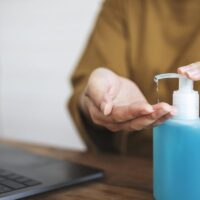 by Dana Ryan, Certified Clinically Clean® Specialist
by Dana Ryan, Certified Clinically Clean® Specialist
Disinfectants kill germs that cause colds, flu and other illnesses—when used as directed. The problem is, most people don’t read the label and they use the disinfectant incorrectly. Might as well pour the bottle down the drain, because if you’re making any of these six disinfectant mistakes, you’re not killing the germs.
1. Let It Dwell
Disinfectants have dwell times on their label indicating how long the surface must remain wet in order to kill a virus or bacteria. (Bacteria usually take longer to kill than viruses.) In order to kill the number of bacteria specified on the label, such as at a kill log of 99.999%, the surface must stay wet the entire time. That often means reapplying the disinfectant during the dwell time period.
Dwell times range anywhere from 15 seconds up to 10 minutes. Read the label to discover how long you need to keep your surfaces wet.
2. The 9s Matter
You might think 99.9% is just about perfect right? After all it’s almost 100. But that’s not how kill logs work. 99.999% is 10,000 times better than 99.9%.
The more 9s on your disinfectant label, the more cleaning power you have in your bottle. Disinfectants that are “hospital grade” have the highest kill rate.
3. Clean First
In order to disinfect, you must clean first to remove biofilm so that the disinfectant can reach the germs. Clean high touch areas like light switches, door handles and countertops with a multi-purpose cleaner…even if they look spotless. Then disinfect.
4. Read The Fine Print
In this era of Covid-19 and other emerging pathogens, reading the fine print on cleaning products is even more critical. Much of what you read on the front of the label is marketing and advertising driven. But the fine print is where you’ll discover the directions for use and what the product can and can’t do.
Read the label to discover WHAT it kills (name of germ). HOW LONG it takes to kill a germ (dwell time) And HOW FAST it kills (number of 9s).
5. Check The Expiration Date
Another benefit of reading the label is knowing when your product expires. Did you know that the shelf-life of bleach is approximately 6 months? It may still smell like bleach after 6 months, but it’s not effective after its expiration date.
6 Pro Cleaning Tips
Now that you know the right way to clean and disinfect, how about a few tips from professional janitors to help make cleaning more fun. Fun? Yes, did you know that according to Ted.com the number one most satisfying job in the world is a hospital custodian?
1. Turn Up The Music
Put on your favorite tunes to move to and turn ‘em up so you can hear over running water or running the vacuum.
2. Grab A Roll Of Paper Towels
We know that a lot of janitors swear by microfiber towels, but here’s the truth. They’re made of polyester and nylon which is made with petroleum. And little bits of the towel go down the drain and end up in the oceans as plastic residue. Plus, you have to wash them with really hot water and use no fabric softener in order to reuse them. With a disposable paper towel, you clean an area and throw the towel in your compost (not recyclable). Then get a new towel to clean the next area.
3. Top to Bottom
Start at the top as dirt will fall down onto things you have not yet cleaned. Follow a path from top to bottom and back of a room to the front moving in one direction around the room. Vacuum or mop the floor last.
4. Clean When It’s Light
This is not always possible for janitors who have to clean every day, but when you’re cleaning at home, tackle the job when it’s bright outside. Open the drapes and shades. Turn on the lights. Depending on your time zone and whether it’s summer or winter, note when the light begins to fade. Fading light makes it harder to see the dirt.
5. Clean Every Time You Cook
Clean your kitchen every time you cook because cooking leaves behind a mess every time. Clean counters, stove top, door handles, sinks. It’s easier to clean the new mess than when it turns rock-hard.
6. Simplify
Simplify your cleaning products. You don’t need a cart full of products to get the job done. And besides, mixing chemicals is a definite no-no.
For more tips, subscribe to DisinfecTips.com
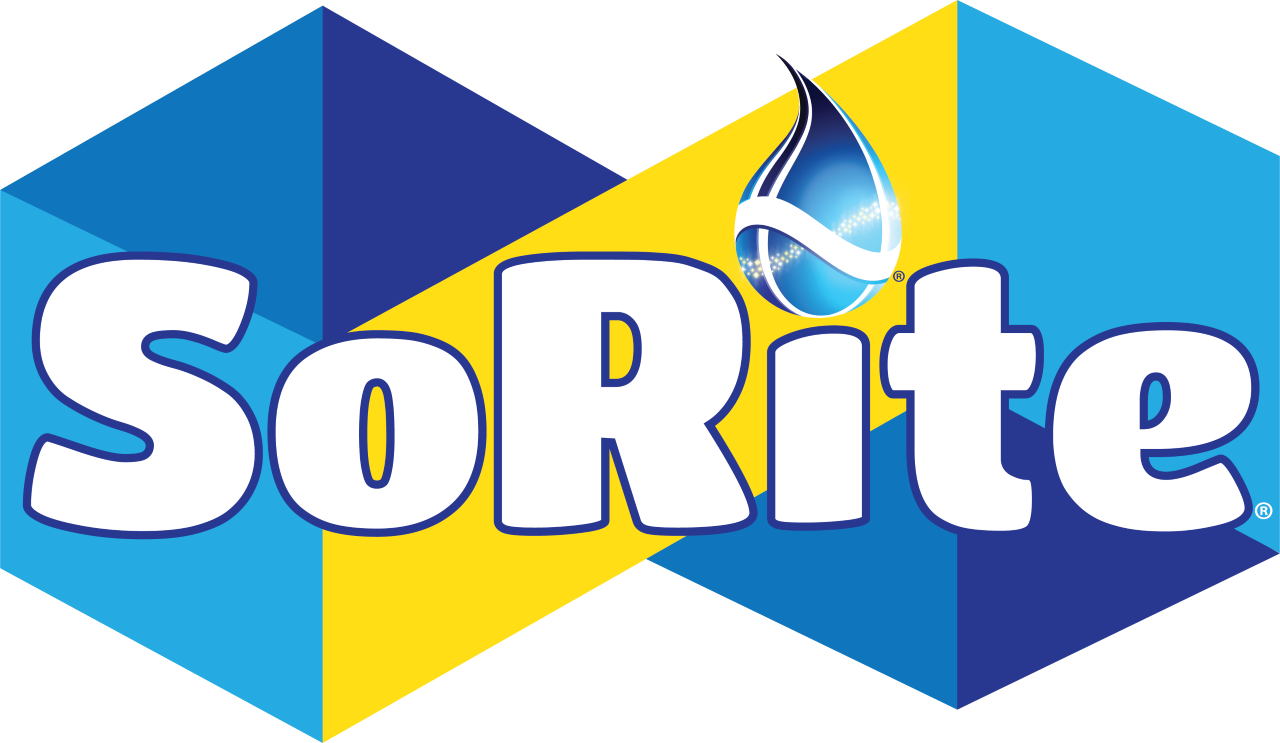


 by Pat Cummings, Certified Clinically Clean® Specialist
by Pat Cummings, Certified Clinically Clean® Specialist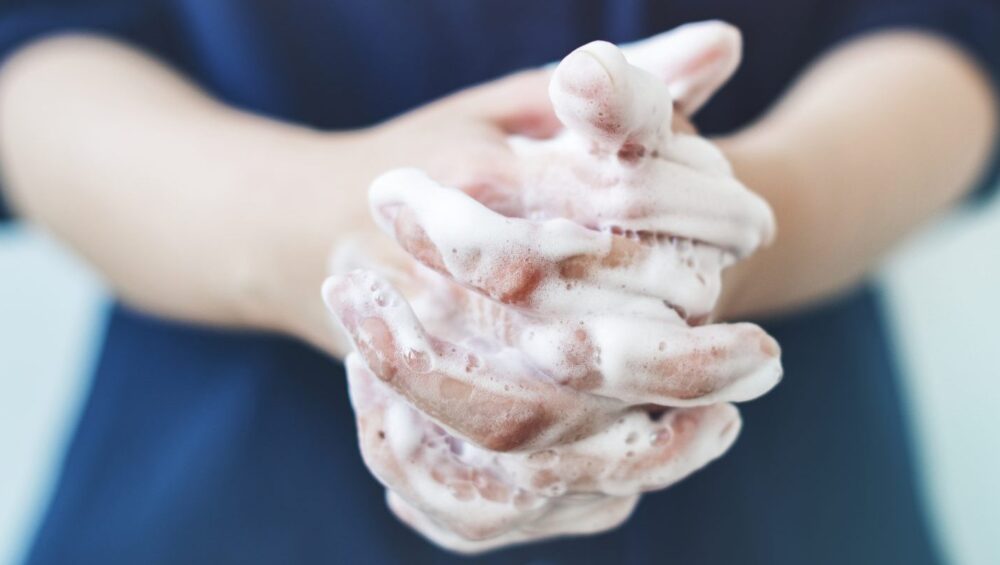
 by Autumn Ryan, Founder and CEO, Aseptic Health, LLC
by Autumn Ryan, Founder and CEO, Aseptic Health, LLC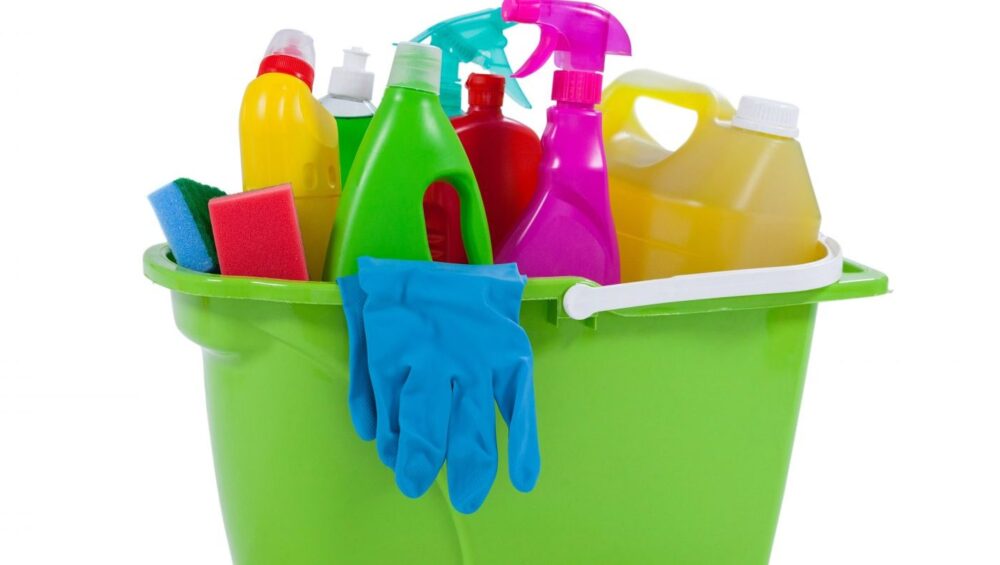
 by Andrea Velasquez, Certified Clinically Clean® Specialist
by Andrea Velasquez, Certified Clinically Clean® Specialist
 by Stephen Lawson, COO of Aseptic Health and Certified Clinically Clean® Specialist
by Stephen Lawson, COO of Aseptic Health and Certified Clinically Clean® Specialist
